|
Ever wonder how strawberries grow? I did, so I asked Kyle. And he dropped a lot of berry knowledge on me. We don't start our strawberries from seeds, but as plants: a little tiny crown, which is the growing part of the berry, and a root. We purchase this rootstock from a nursery in Massachusetts that specifically raises these little plants and sells them to farms. Kyle picked this nursery in particular because their climate and growing region is similar to Wisconsin's, which makes it easier for plants to adjust and flourish. Sometime in mid-April, Kyle watches the forecast for a few days of good weather and then places an order from the nursery. They then take 15,000-20,000 small strawberry plants out of cold storage, package them up into bundles of 25, and ship them overnight on FedEx Freight to the farm. Once we get them, the real work begins for us, because in the next 2-3 days, all those little plants go in the ground. Kyle, his family, and our fantastic employees work shifts sunup to sundown to plant these little guys, working on a machine called the Transplanter, which can plant up to 1,000 plants per hour. If you want to check out how we plant these berries, check out our Behind the Berries blog! For the first year, we don't interfere much with these little plants. They need this year to grow on their own. All during this time, these individual plants send out runner plants (called "daughter plants"), helping the plant grow and multiply and turning all these individual plants into multiple connected networks of vines. Oftentimes, the plants do fruit (grow berries) during this time, but we come through and pinch these berries off. We want the plant to put all its energy into growing and multiplying so it has a good base for fruiting in its second year.
During the first part of this growing year (in the fall), we do need to care for them. They need weed control and we go through and mechanically cultivate and till the soil. The runners like to go pretty wild, and they don't grow naturally into the neat rows we enjoy while picking berries. Therefore, we have to stop their expansion into places we don't want them to grow in by tilling the plants that are in those areas under and encouraging other runners to grow in rows. A lot of the maintenance that we do during that first year is to make things easier for the pickers - neat rows make it easy to get in an out of fields and give people more access to the berries that they love. Over the winter, the plants will go dormant. After we've tilled, we spray a pre-emergent on the plants and cover them with straw. Although this is to protect them from the cold, it's mainly to help with the springtime growth. As soon as the sun comes out, the berries wake up and want to grow. The straw delays their growth, but in a good way: it slows down their "awakening" so they don't grow too soon or too quickly. The straw also helps suppress weeds and fills the gap between the fruit and the bare ground, therefore protecting the berries from fungal infections that come from the ground. We watch the plants closely throughout the spring and into the summer, and if all goes well, in June we have a great picking season! Once the picking is over, we mow everything off the top, fertilize the field, and do our best to control weeds. Even though there isn't anything aboveground after we mow, the root structure of the plant is still intact below, so the berries spend the rest of the summer and fall establishing new daughter plants and crowns for good fruit. Then we just repeat our process for the next 3-4 years until it's time to rotate fields, which you can read about here. In the next couple of months, we'll feature more of our crops, including raspberries, pumpkins, and our giant pumpkins. Stay tuned!
1 Comment
|
Vesperman FarmsFun on the farm...in blog form! Archives
August 2021
Categories
All
|
|

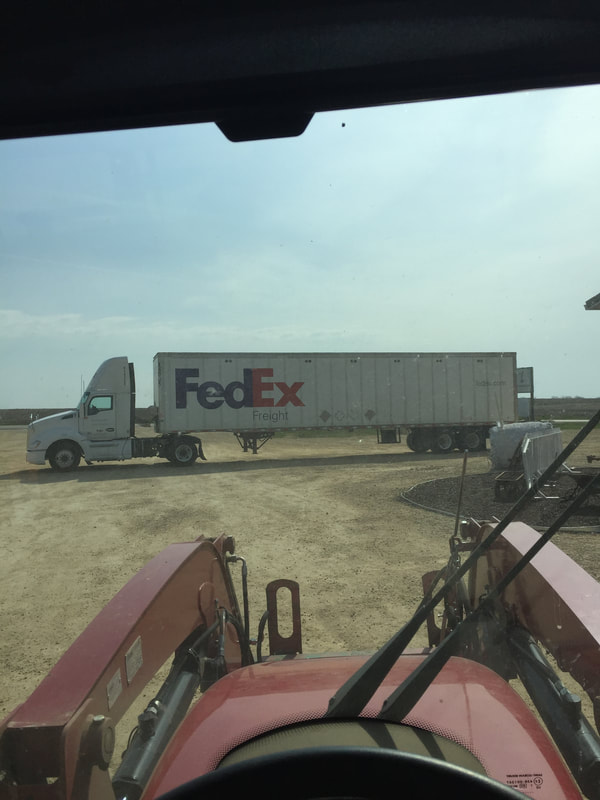

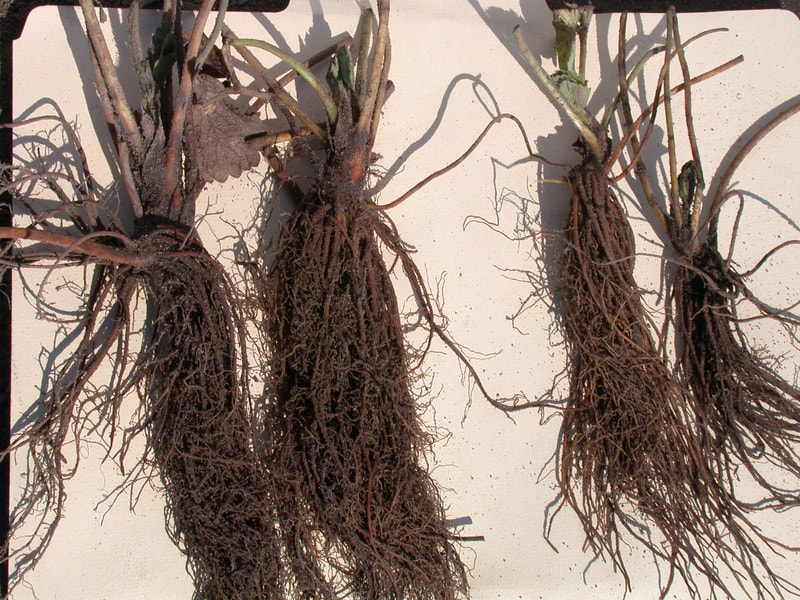
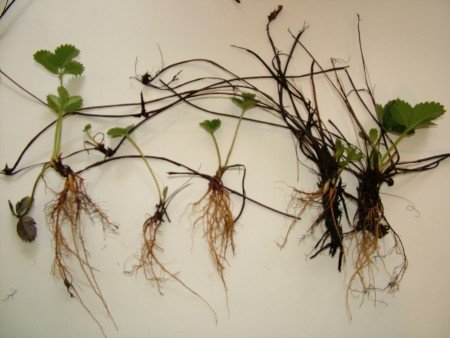
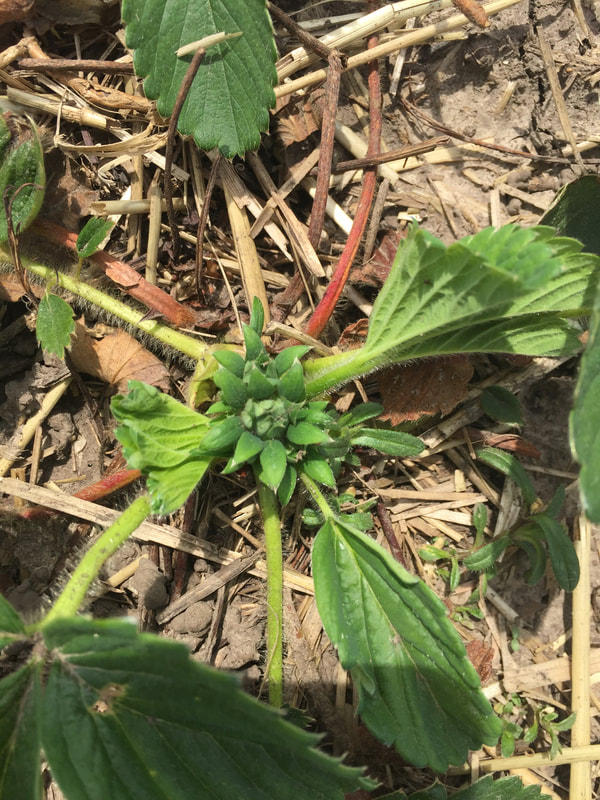
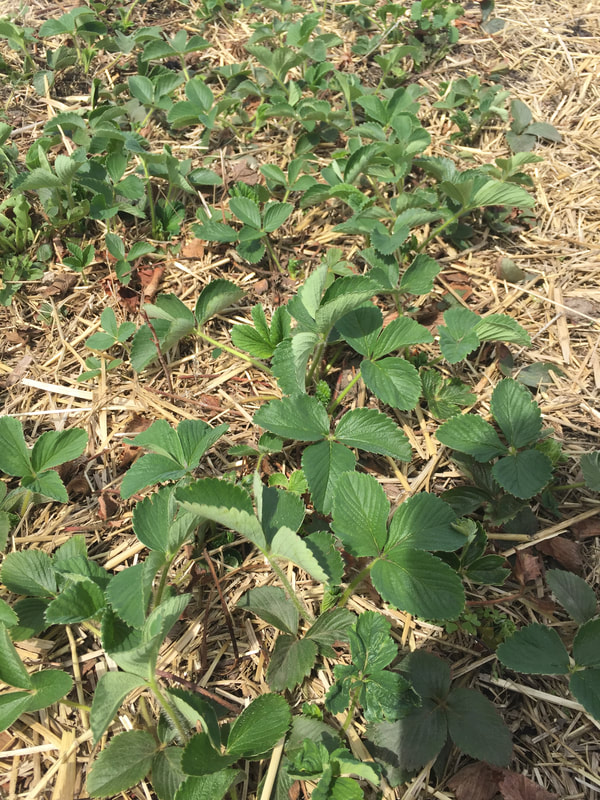







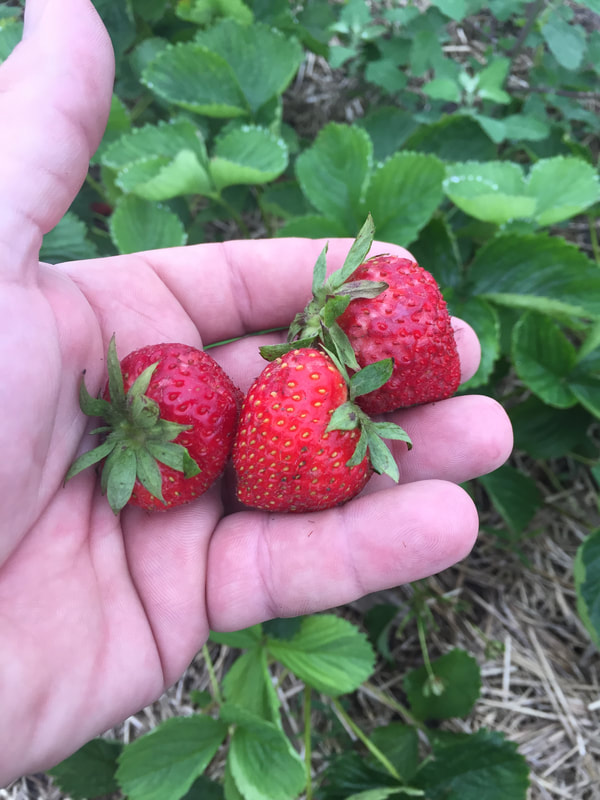


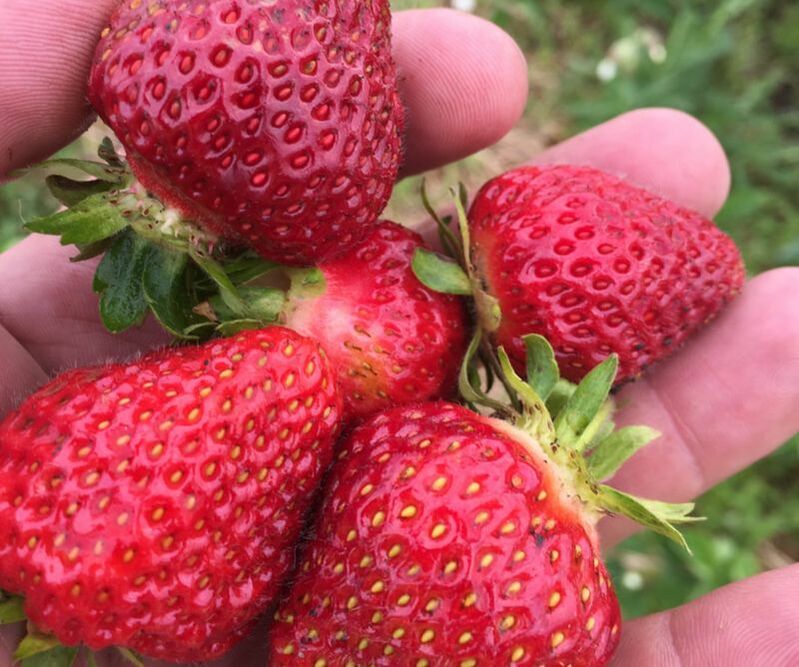
 RSS Feed
RSS Feed
